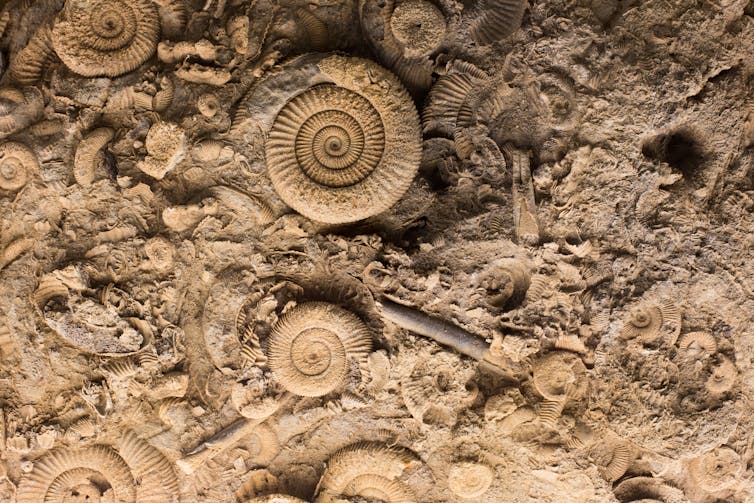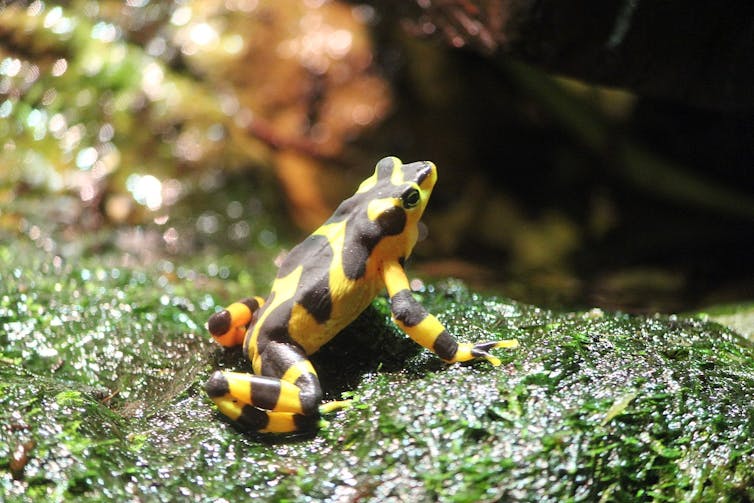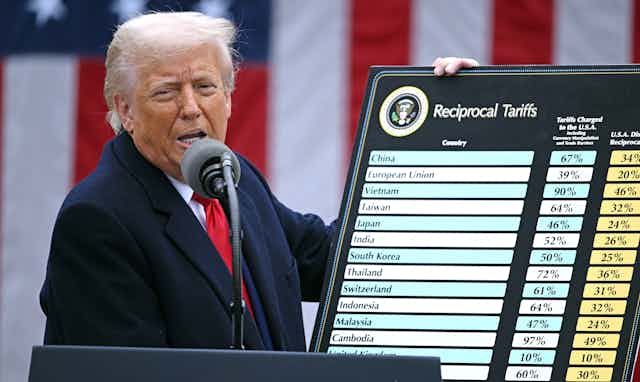When Sudan the white rhino was put down by his carers earlier this year, it confirmed the extinction of one of the savannah’s most iconic subspecies. Despite decades of effort from conservationists, including a fake Tinder profile for the animal dubbed “the most eligible bachelor in the world”, Sudan proved an unwilling mate and died – the last male of his kind. His daughter and granddaughter remain – but, barring some miraculously successful IVF, it is only a matter of time.
The northern white rhino will surely be mourned, as would other stalwarts of picture books, documentaries, and soft toy collections. But what about species of which of which we are less fond – or perhaps even entirely unaware? Would we grieve for obscure frogs, bothersome beetles or unsightly fungi? Extinction is, after all, inevitable in the natural world – some have even called it the “engine of evolution”. So should extinction matter to us?
First of all, there are strong practical arguments against biodiversity loss. Variation, from individual genes to species, gives ecosystems resilience in the face of change. Ecosystems, in turn, hold the planet steady and provide services essential to human welfare. Forests and wetlands prevent pollutants from entering our water supplies, mangroves provide coastal defense by reducing storm surges, and green spaces in urban areas lower city-dwellers’ rates of mental illness. A continued loss of biodiversity will disrupt these services even further.

shutterstock
Seen in this light, the environmental damage caused by resource extraction and the vast changes that humans have wrought on the landscape seem an extremely high risk. The world has never before experienced these disturbances all at the same time, and it is quite a gamble to assume that we can so damage our planet while at the same time maintaining the seven billion humans that live on it.
Although the unregulated plundering of the Earth’s natural resources should certainly worry those brave enough to examine the evidence, it is worth specifying that extinction is an issue in its own right. Some environmental damage can be reversed, some failing ecosystems can be revived. Extinction is irrevocably final.
Uneven losses
Studies of threatened species indicate that, by looking at their characteristics, we can predict how likely a species is to become extinct. Animals with larger bodies, for example, are more extinction-prone than those of smaller stature – and the same holds true for species at the top of the food chain. For plants, growing epiphytically (on another plant but not as a parasite) leaves them at greater risk, as does being late blooming.
This means that extinction does not occur randomly across an ecosystem, but disproportionately effects similar species that perform similar functions. Given that ecosystems rely on particular groups of organisms for particular roles, such as pollination or seed dispersal, the loss of one such group could cause considerable disruption. Imagine a disease that only killed medical professionals – it would be far more devastating for society than one which killed similar numbers of people at random.

shutterstock
This non-random pattern extends to the evolutionary “tree-of-life”. Some closely related groups of species are restricted to the same threatened locations (such as lemurs in Madagascar) or share vulnerable characteristics (such as carnivores), meaning that the evolutionary tree could lose entire branches rather than an even scattering of leaves. Some species with few close relatives, such as the aye-aye or tuatara, are also at higher risk. Their loss would disproportionately affect the shape of the tree, not to mention erasing their weird and wonderful natural history stories.
The most regular counter argument contends that we should not worry about extinction, because it is a “natural process”. First of all, so is death, but it does not follow that we meekly surrender to it (especially not prematurely or at the hands of another).
But secondly, fossil records show that current extinction levels are around 1,000 times the natural background rate. They are exacerbated by habitat loss, hunting, climate change and the introduction of invasive species and diseases. Amphibians seem particularly sensitive to environmental change, with estimated extinction rates up to 45,000 times their natural speed. Most of these extinctions are unrecorded, so we do not even know what species we are losing.
An incalculable cost
But does it really matter that the world contains fewer types of frog? Let’s take a hypothetical small, brown African frog that becomes extinct because toxic waste pollutes its stream. The frog has never been described by science, so no one is the wiser about its loss. Putting aside disaster movie-level ecosystem collapse as a result of ongoing mass extinction, the frog’s intrinsic value is a matter of opinion. It evolved over millions of years to be adapted for its particular niche – to us, the authors, the loss of that perfectly balanced individuality makes the world a lesser place.

RedGazelle123, CC BY-NC-SA
But it is easy to moralize about biodiversity when you don’t have to live alongside it. One person’s marvel of nature might be another person’s torment – an orangutan raiding a poor farmer’s crops, or a leopard snatching a shepherd’s livestock. Pathogens are also part of life’s rich tapestry, but how many of us mourn the eradication of smallpox?
![]() So how far should our aversion to extinction extend? We cannot answer this question – but like all good philosophical conundrums, it belongs to everyone, to be debated in schools, cafes, bars and marketplaces across the world. We may not all agree, but extinction is broadening its reach, so consensus and urgent action are needed if we hope to control it.
So how far should our aversion to extinction extend? We cannot answer this question – but like all good philosophical conundrums, it belongs to everyone, to be debated in schools, cafes, bars and marketplaces across the world. We may not all agree, but extinction is broadening its reach, so consensus and urgent action are needed if we hope to control it.
Elizabeth Boakes, Teaching Fellow in Biodiversity and Environment Research, UCL and David Redding, Research Fellow, UCL
This article was originally published on The Conversation. Read the original article.




21 Comments
Pingback: สอนแทงบอลออนไลน์ ทีเด็ดบอลสูงต่ำ
Pingback: buy viagra online
Pingback: ทีเด็ดฟุตบอล
Pingback: faceless niches
Pingback: ks quik
Pingback: https://bajilivebd.net/cricket/
Pingback: essentials fear of god
Pingback: namo333
Pingback: PlayStar Slot มีจุดเด่นอะไรบ้าง
Pingback: fk brno psd pistols for sale
Pingback: ยิง sms
Pingback: arena breakout game cheats
Pingback: dultogel
Pingback: สล็อตวอเลท ฝากถอนเงินไว จ่ายจริง ไม่มีโกง
Pingback: สล็อตเว็บตรง อัพเดทใหม่ล่าสุด โบนัสแตกยับ
Pingback: ไฮเบย์
Pingback: Porsche detailen
Pingback: assistência informática
Pingback: ทำความรู้จัก เกมสล็อต fortune rabbit
Pingback: website
Pingback: fruit cocktail